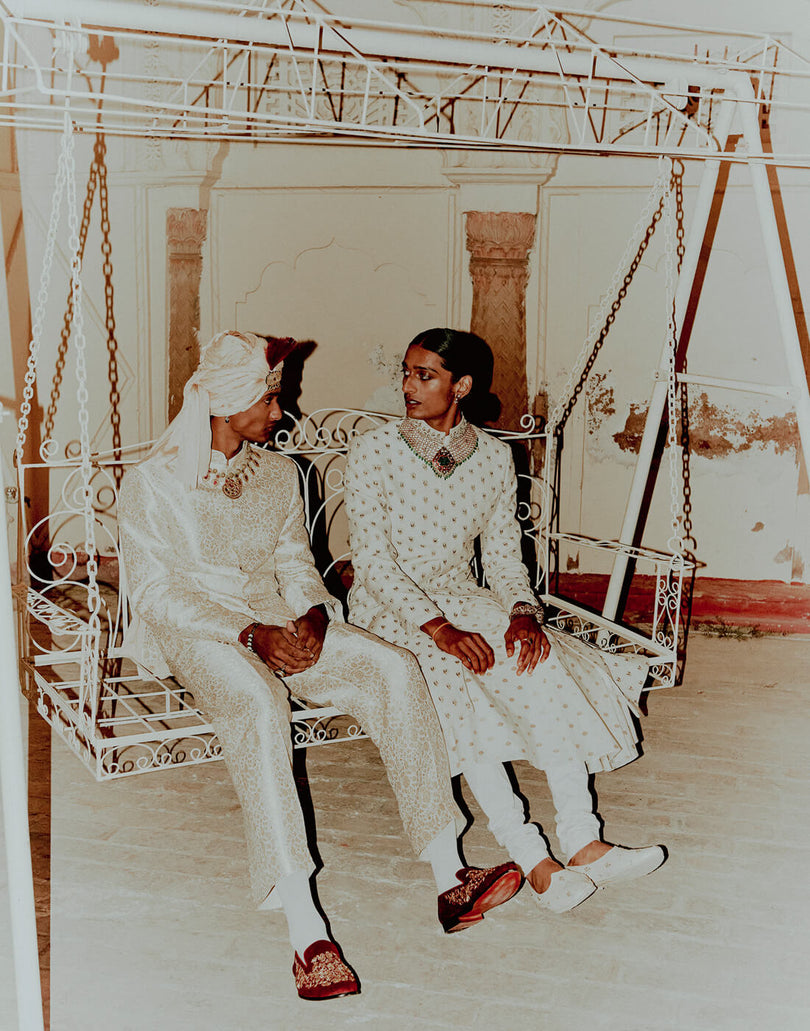
The coins of Agreya Janapada—Hisar is believed to be the headquarters of an ancient Republic. The discovery of coins including 4 Indo-Greek, and 51 coins of Agrotaka (coins of Agreya Janapada of the Republic) is often cited as proof of the same. Excavations around the city have revealed all kinds of incredible archaeological treasures buried within its bones, including one of the largest Harappan civilisation sites in India.

Sirkar headquarters—It was during Akbar’s reign that Hisar garnered significance after being made the headquarters of the Sirkar – the revenue division. Subsequently, with Hisar’s Mughal princes assuming the role of emperors, the city came to be known as the Duke of Wellington of the Mughal era.

Ragani—Ragani is the word used to refer to folk songs in Hisar, and across Haryana. Human interests and needs usually make for the themes for these songs. Haryana’s folk music is a reflection of all sections of the society, with a special focus on the region’s agricultural practices and martial background. There is a unique ragani for every month, every season and for every occasion.
Saang: Traditional Folk Dance—Saang dance is a ritualistic traditional folk dance form performed in Hisar, with roots in Haryana. The dance form is used to tell folk tales and religious stories, and is usually performed in public places. Each performance can last for upto five hours.
During Saang performances, it is men, who dress up as women and essay the female parts. The name Saang is derived from the words 'Saang' or 'Swang’, which mean disguise or to impersonate. The dance form is believed to have originated around 1750 AD, and was then modified to its current form by Kishan Lal Bhaat around the same time.







